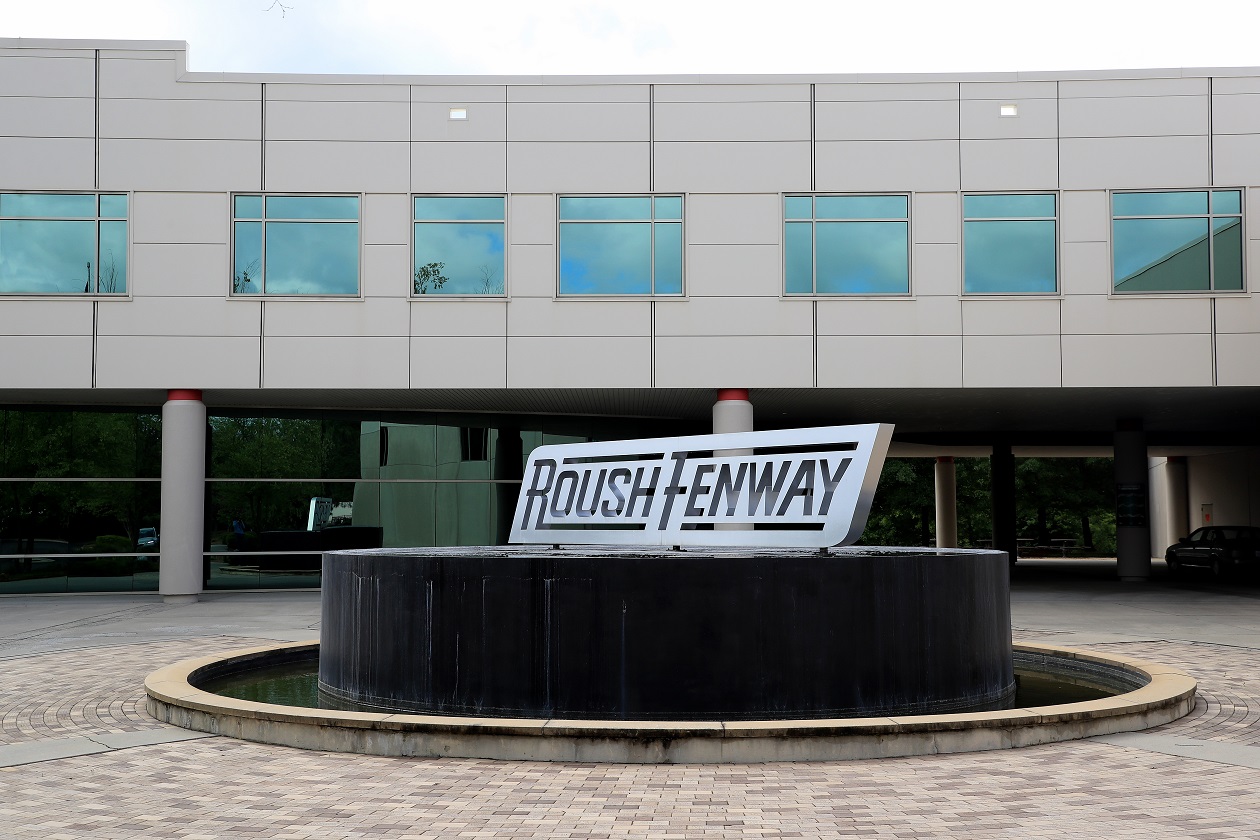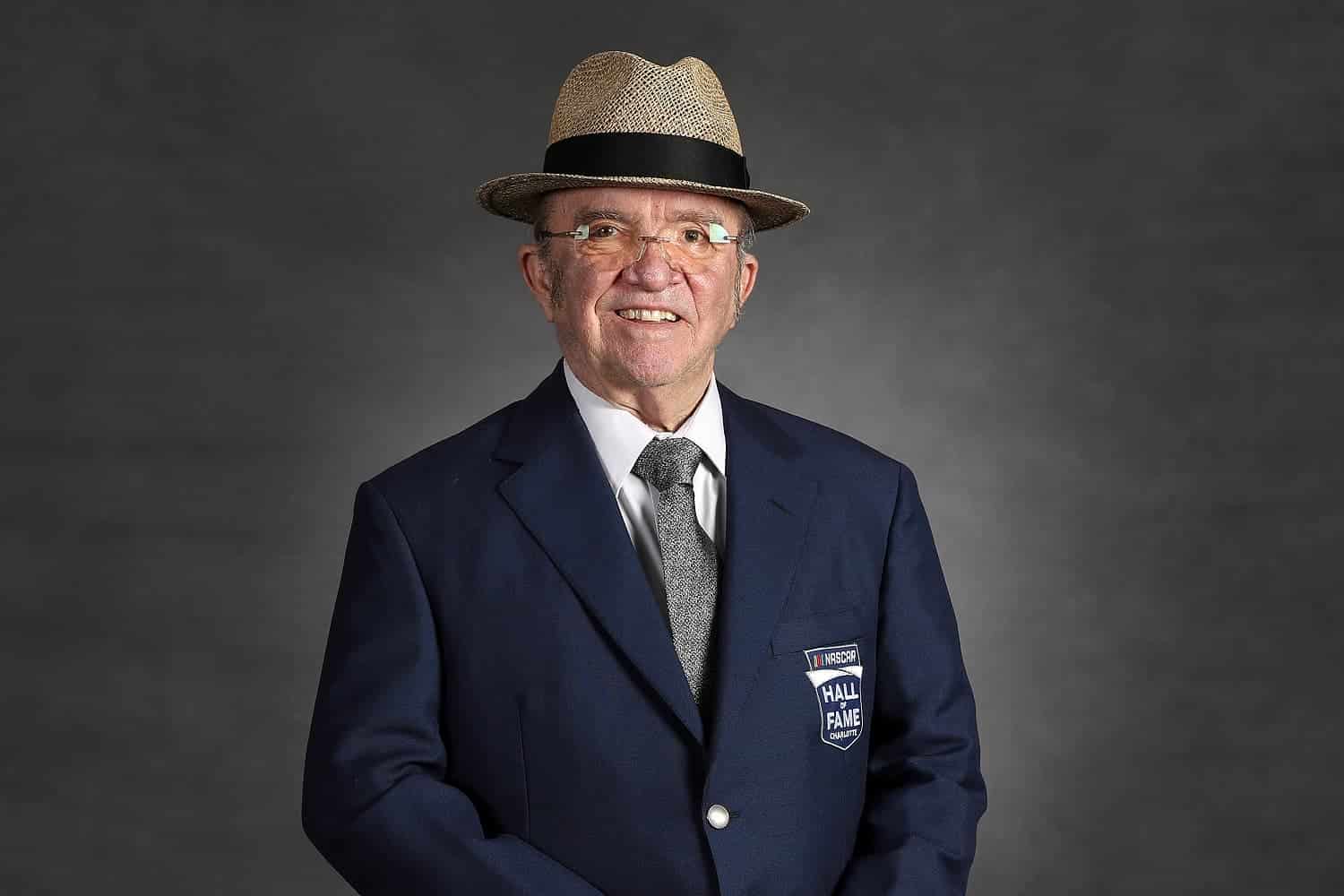NASCAR
Roush Racing Went From a NASCAR Juggernaut to an Also-Ran in Less Than a Decade

Jack Roush has been a fixture in the NASCAR paddock for decades. His team, however, had devolved into a shadow of its former self, a reality that Brad Keselowski has started to address. The task is immense, but there is a glimmer of hope that what is now RFK Racing can return to the glory days of the organization, when Roush’s stable routinely competed for championships.
Roush Racing’s golden era
Jack Roush was 45 when he made the leap into NASCAR Cup Series team ownership in 1988 with Mark Martin as his driver. Championships eluded Martin as he finished as the runner-up in 1990, ’94, and ’98, but years of patience paid off when Matt Kenseth (2003) and Kurt Busch (2004) captured titles.
Roush Racing arguably reached its peak the following season. In 2005, all five Roush drivers advanced to what was then the Chase for the Nextel Cup, making up half the playoff field. Unfortunately, none of them would claim the championship, which went to Joe Gibbs Racing driver Tony Stewart.
Roush Racing takes one step too far

By 2006, Roush Racing was high on success. That’s when Jack Rousch took the bold step of adding a sixth car at midseason. The assignment went to Xfinity Series rookie Todd Kluever in the No. 06 Ford.
Roush was grooming Kluever for a full-time spot in the Cup Series lineup, a door that would open after the season as Mark Martin moved on to Ginn Racing and Dale Earnhardt, Inc. However, Kluever had a hard time even qualifying for races, let alone putting up decent results. In the four races he started, his best finish was 32nd.
David Ragan replaced Kluever in September. He finished 37th and 41st in his only two starts that season, but Roush Racing gave Ragan the No. 6 seat for 2007 anyway. Ragan’s only win came in 2011, his last season at what had evolved into Roush Fenway Racing.
Roush has new money and new problems
By 2007, Roush Racing had a new partner and a new name. John Henry’s Fenway Sports Group, owners of the Boston Red Sox and the NESN regional sports network (and future owners of Liverpool F.C.) purchased a 50% stake in the team.
Despite the infusion of cash, the team’s performance and size dwindled. New NASCAR rules required them to trim their fifth team — Jamie McMurray’s No. 26 Ford — before the 2010 season. Soon, Roush found trouble even keeping its Cup teams afloat in the aftermath of the Great Recession. he dropped down to three full-time Cup cars after 2011.
Adding to the problems, Matt Kenseth left for Joe Gibbs Racing in 2013. Carl Edwards followed him to JGR after the 2014 season. Edwards won a pair of races in 2014, and Roush Fenway Racing didn’t make it back to Victory Lane again until a pair of Ricky Stenhouse Jr. wins in 2017.
The slump continued, an Roush Fenway lured Brad Keselowski to the organization for the 2022 season as a driver and co-owner. The first season of the Next Gen era was largely a washout, but Chris Buescher won a late-season race to break the drought.











